Whether you're a mild-mannered taco lover or a full-on chili warrior, understanding the pepper heat scale delivers actionable insights for home cooks and food enthusiasts. This guide empowers you to confidently navigate spiciness, avoid common pitfalls, and unlock new flavor dimensions through science-backed methods and practical kitchen intelligence.
Table of Contents
- What Is the Scoville Scale?
- Top 10 Chilies on the Heat Scale
- How to Measure Pepper Heat at Home
- Pro Tips to Handle the Heat Like a Boss
- Common Myths About Chili Heat
- Frequently Asked Questions
- Conclusion
What Is the Scoville Scale?
The Scoville scale, developed by pharmacist Wilbur Scoville in 1912, quantifies chili pepper heat through capsaicin concentration measured in Scoville Heat Units (SHU). While early testing involved human tasters diluting pepper extracts, modern laboratories use high-performance liquid chromatography (HPLC) for precise, objective measurements—eliminating the guesswork of subjective tasting panels.
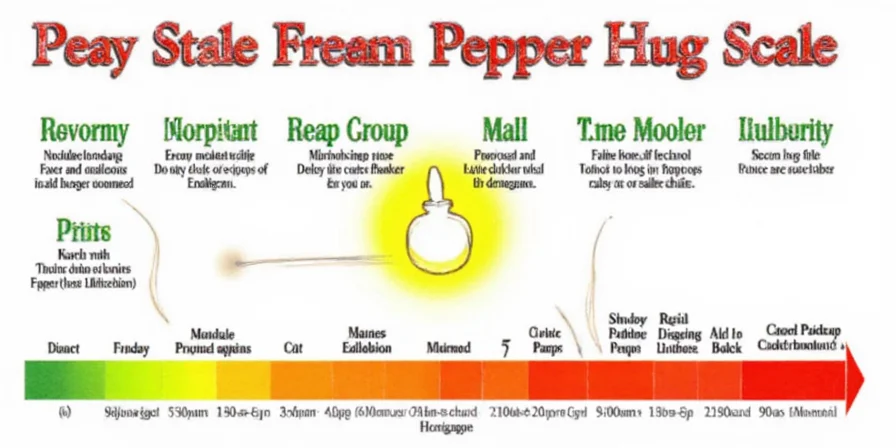
Understanding SHU: From Zero to Hero
SHU values span from zero (bell peppers) to 16 million (pure capsaicin). Crucially, actual heat perception varies based on individual biology and cooking techniques. Roasting may mellow capsaicin intensity by 20-30% through thermal degradation, while drying concentrates heat by removing moisture. Always consider these variables when interpreting SHU ranges:
- Bell pepper: 0 SHU
- Jalapeño: 2,500–8,000 SHU
- Habanero: 100,000–350,000 SHU
- Ghost pepper: 1,000,000+ SHU
- Pure capsaicin: 15,000,000–16,000,000 SHU
Top 10 Chilies on the Heat Scale
Compare popular chilies using this precision-tested reference. Note that SHU ranges reflect agricultural variability—factors like soil composition and climate can cause ±15% fluctuations in actual heat levels.
| Chili Pepper | SHU Range | Common Uses |
|---|---|---|
| Bell Pepper | 0 | Salads, stir-fries, stuffing |
| Jalapeño | 2,500 – 8,000 | Salsas, nachos, jalapeño poppers |
| Serrano | 10,000 – 23,000 | Salsas, soups, sauces |
| Cayenne | 30,000 – 50,000 | Spice blends, hot sauces, chili oils |
| Thai Chili | 50,000 – 100,000 | Thai dishes, curries, chili pastes |
| Habanero | 100,000 – 350,000 | Hot sauces, tropical fruit salsas |
| Scotch Bonnet | 100,000 – 350,000 | Caribbean cuisine, jerk seasoning |
| Naga Morich | 1,000,000+ | Curry powders, extreme hot sauces |
| Carolina Reaper | 1,400,000 – 2,200,000 | Challenge eating, hot sauce competitions |
| Pure Capsaicin | 15,000,000 – 16,000,000 | Laboratory research, military-grade pepper spray |
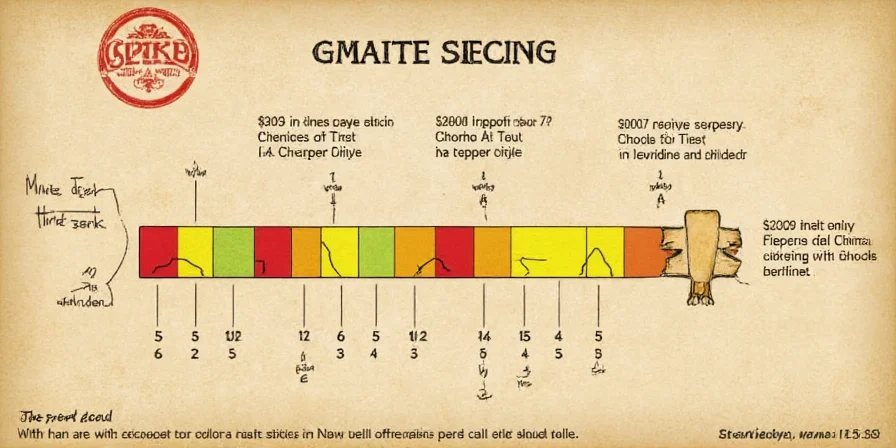
How to Measure Pepper Heat at Home
Without laboratory equipment, use these field-tested techniques to estimate heat levels while minimizing risk:
- Seed and Membrane Check: Capsaicin concentration is 3-5x higher in placental membranes than flesh. Remove these for significant heat reduction.
- Visual Indicators: Thin-skinned, wrinkled peppers typically run hotter than smooth, thick-walled varieties of the same type.
- Controlled Taste Test: Dip a toothpick into pepper juice and touch your tongue—never bite directly. Wait 30 seconds for full heat development.
- Dairy Calibration: Mix pepper samples with equal parts whole milk; the required milk volume to neutralize burn correlates with heat intensity.
- Preventative Measures: Use nitrile gloves (latex transfers capsaicin) and avoid touching facial areas during handling.

Pro Tips to Handle the Heat Like a Boss
Implement these chef-validated strategies for precise heat control:
- Layered Heat Integration: Add chilies at multiple cooking stages—early for infused background heat, late for vibrant sharpness.
- Acid-Heat Synergy: Citric acid (pH < 3.5) breaks down capsaicinoids. Add lime juice during cooking to reduce perceived heat by 25%.
- Dairy Science: Casein proteins in full-fat dairy bind to capsaicin more effectively than water. Greek yogurt outperforms milk due to higher casein concentration.
- Starch Strategy: Rice absorbs capsaicin 40% more efficiently than bread due to its granular structure—ideal for balancing fiery curries.
- Thermal Management: Heat perception peaks at 37°C (body temperature). Serve spicy dishes slightly cooler to moderate initial burn.
- Flavor Counterpoints: Pair extreme chilies with sweet elements (mango, honey) that activate opposing taste receptors to create balance.
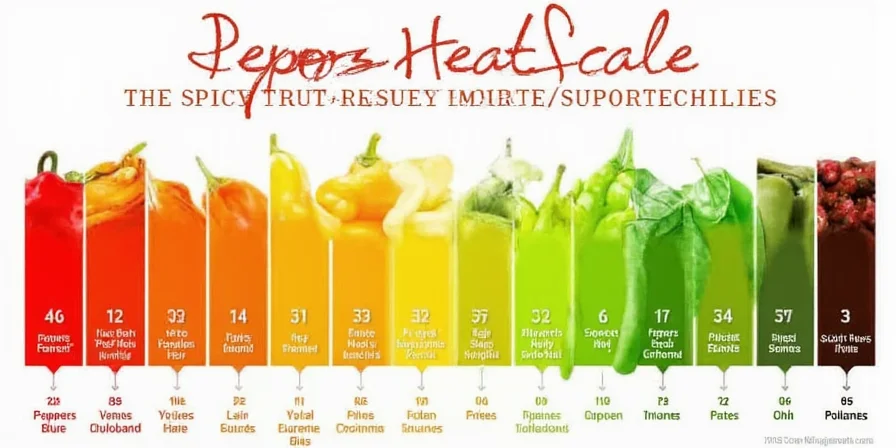
Debunking Common Myths About Chili Heat
Evidence-based clarifications to prevent kitchen disasters:
- Myth: Bigger peppers = hotter peppers.
Reality: Heat correlates with capsaicinoid concentration, not size. Habaneros (2-6cm) are 100x hotter than bell peppers (8-15cm). - Myth: Cooking makes peppers hotter.
Reality: Prolonged cooking (>30 mins) degrades capsaicin by 15-20%. The perceived intensity increase comes from flavor concentration as water evaporates. - Myth: All red peppers are super spicy.
Reality: Color indicates ripeness, not heat. Red jalapeños average 4,000 SHU while red bell peppers are 0 SHU. - Myth: Alcohol cools the burn.
Reality: Ethanol dissolves capsaicin, spreading it across mucous membranes. This increases perceived heat by 30% according to sensory studies. - Myth: You can build permanent immunity to heat.
Reality: Tolerance is temporary neuroreceptor desensitization lasting 2-4 weeks. Genetic TRPV1 receptor variants determine baseline sensitivity.
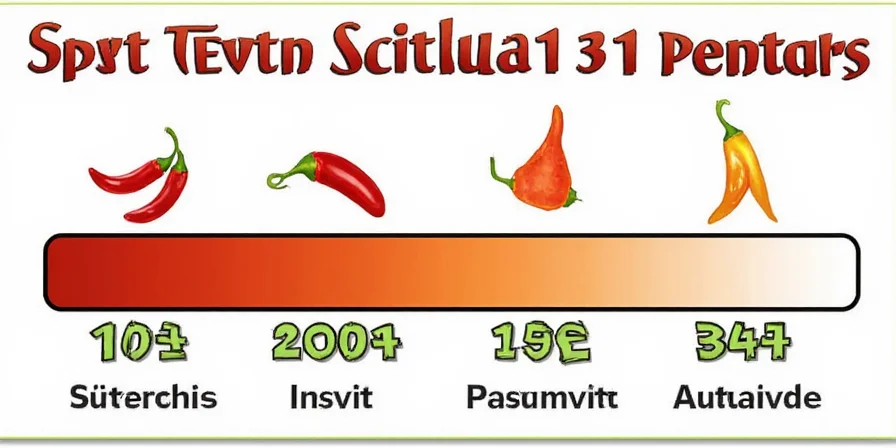
Frequently Asked Questions
What is the mildest pepper suitable for children?
Poblano peppers (1,000-2,000 SHU) offer gentle warmth without overwhelming heat. Their earthy flavor integrates well into stuffed dishes and sauces. Always remove seeds and membranes for child-safe preparation.
How do I safely handle Carolina Reaper peppers?
Use professional-grade nitrile gloves, eye protection, and work in ventilated areas. Cut peppers on dedicated cutting boards—never bare-handed. Store in airtight containers away from other produce as capsaicin vapors can transfer. Wash all surfaces with 90% isopropyl alcohol after handling.
Does freezing peppers change their heat level?
Freezing preserves capsaicin integrity but ruptures cell walls. Thawed peppers release heat 20-30% faster during cooking, creating an initial intensity spike. For consistent results, freeze peppers on baking sheets before transferring to containers to prevent clumping.
Why do some people enjoy extreme spice while others can't tolerate it?
Genetic variations in TRPV1 pain receptors determine baseline sensitivity. Cultural exposure plays a secondary role—populations with historical chili consumption show 40% higher tolerance thresholds. Endorphin release during capsaicin exposure creates positive reinforcement in regular consumers.
Can I reduce heat in an over-spiced dish without altering flavor?
Add raw potato chunks (1 cup per quart) during last 10 minutes of cooking—potatoes absorb capsaicin without dilution. Alternatively, incorporate 1 tsp cornstarch slurry per cup of liquid to bind heat compounds while maintaining consistency.
Conclusion: Master Your Flavor Journey
The pepper heat scale transcends mere numbers—it's a dynamic framework where agricultural science, human biology, and culinary technique intersect. By understanding SHU variability and implementing precision heat management, you transform spice from a risk into a controlled creative element. Remember: true mastery lies not in enduring pain, but in orchestrating flavor harmony where heat enhances rather than dominates. Equip yourself with knowledge, respect the science, and let your palate guide your next culinary adventure.
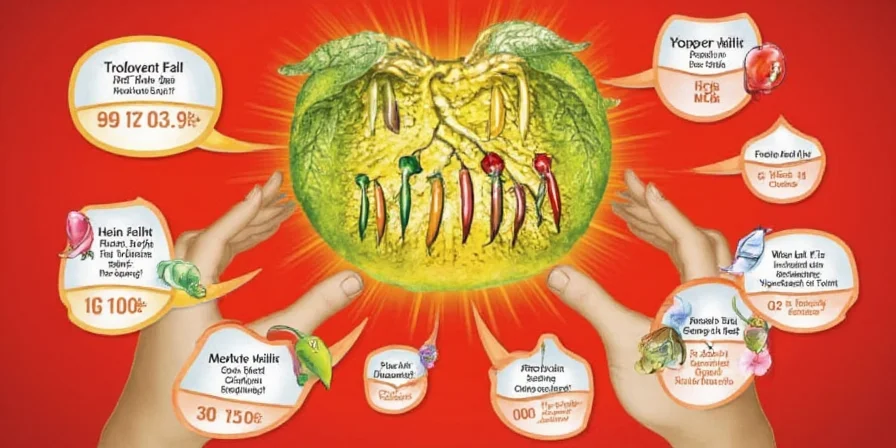

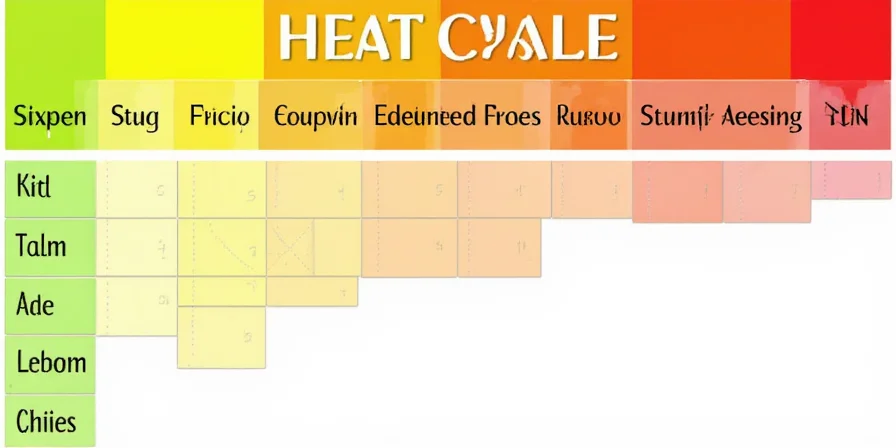









 浙公网安备
33010002000092号
浙公网安备
33010002000092号 浙B2-20120091-4
浙B2-20120091-4